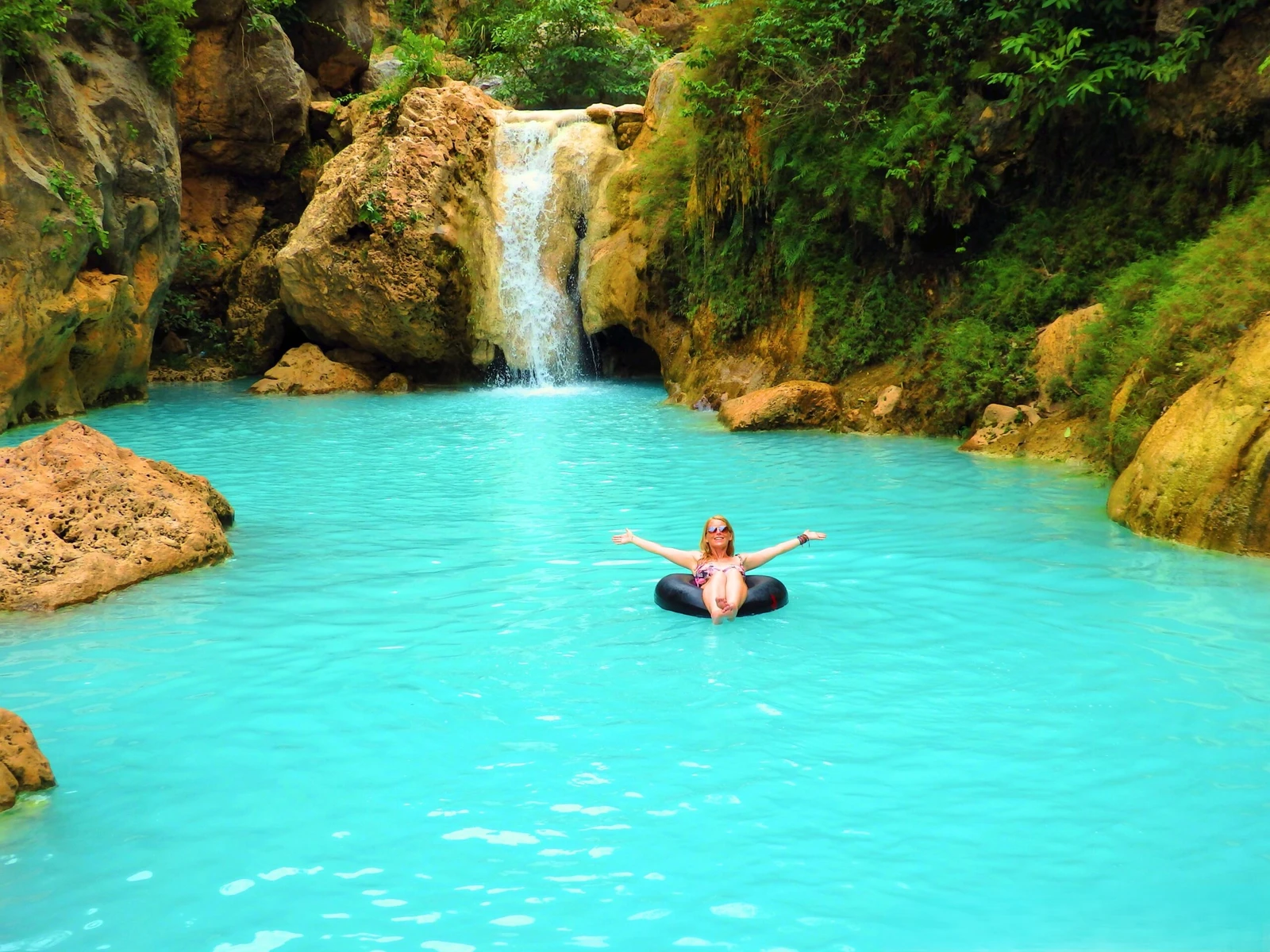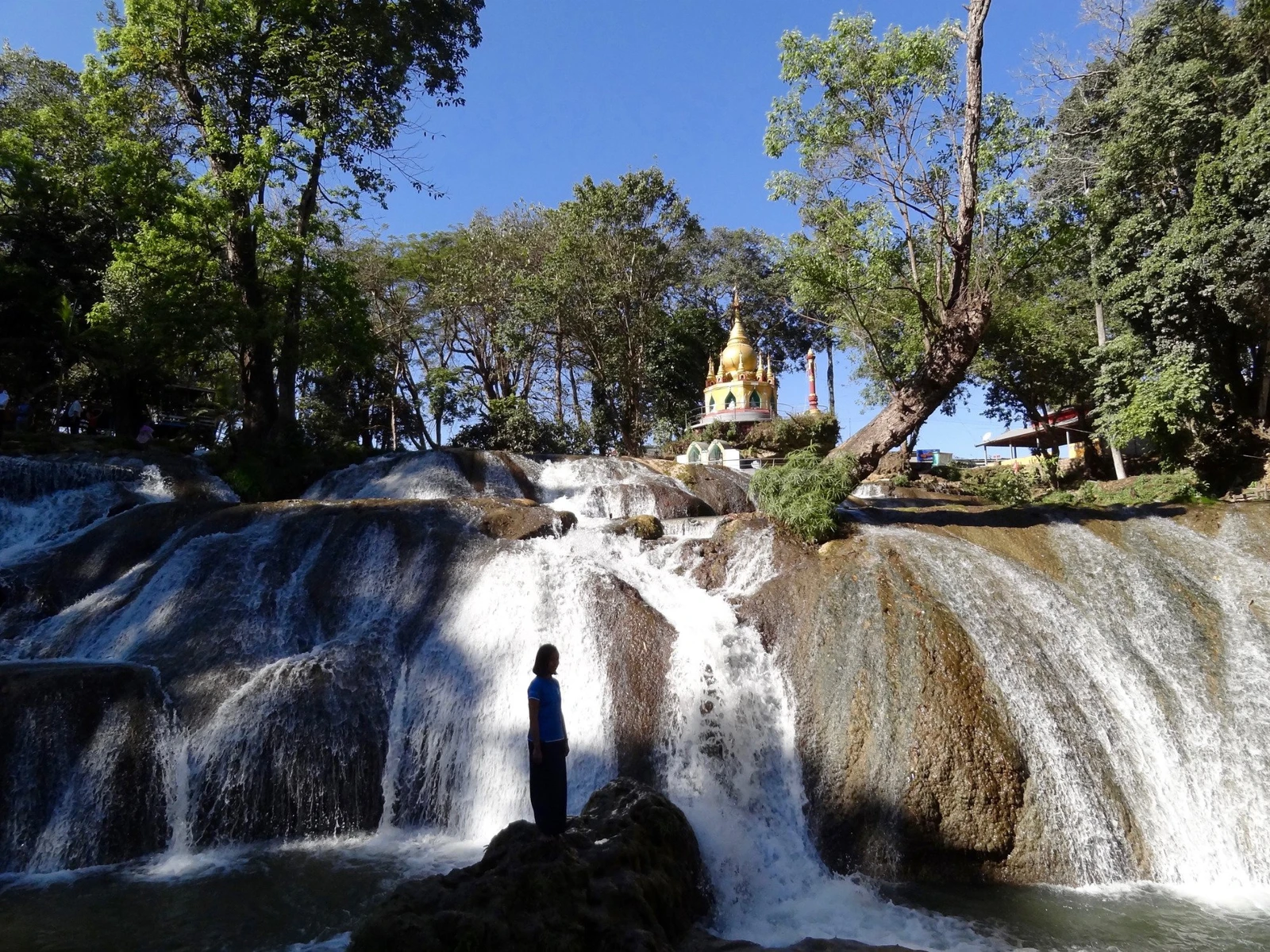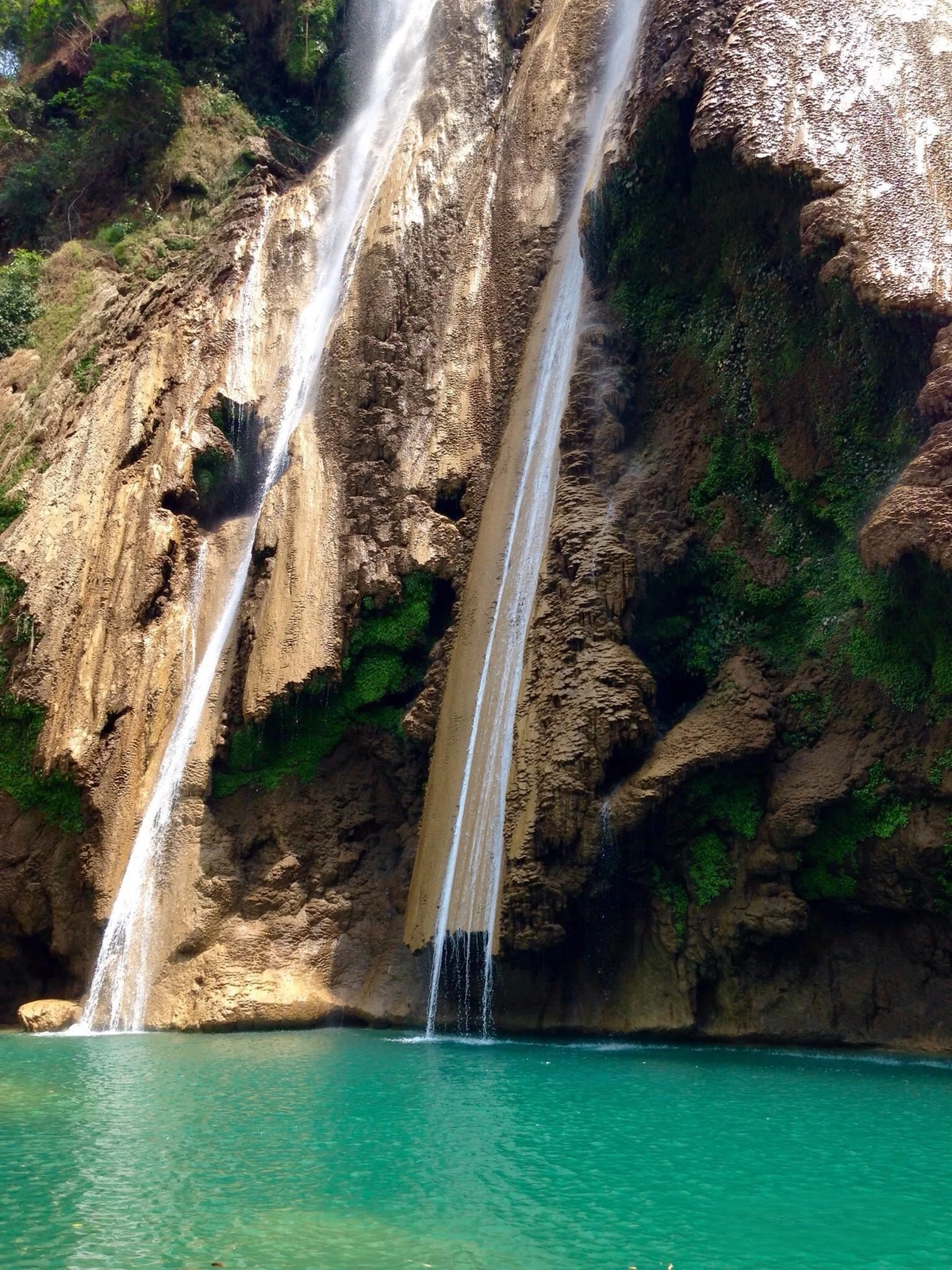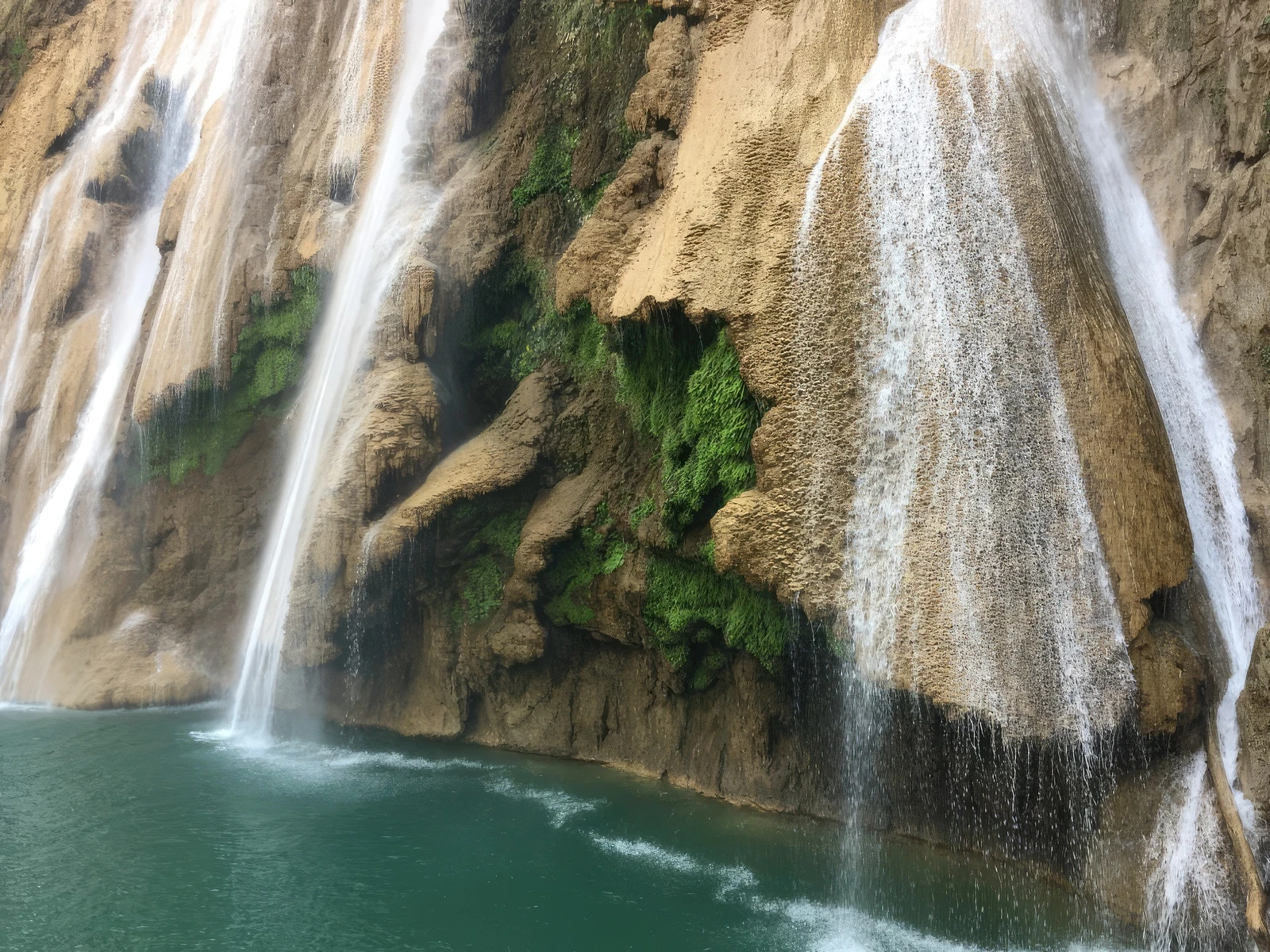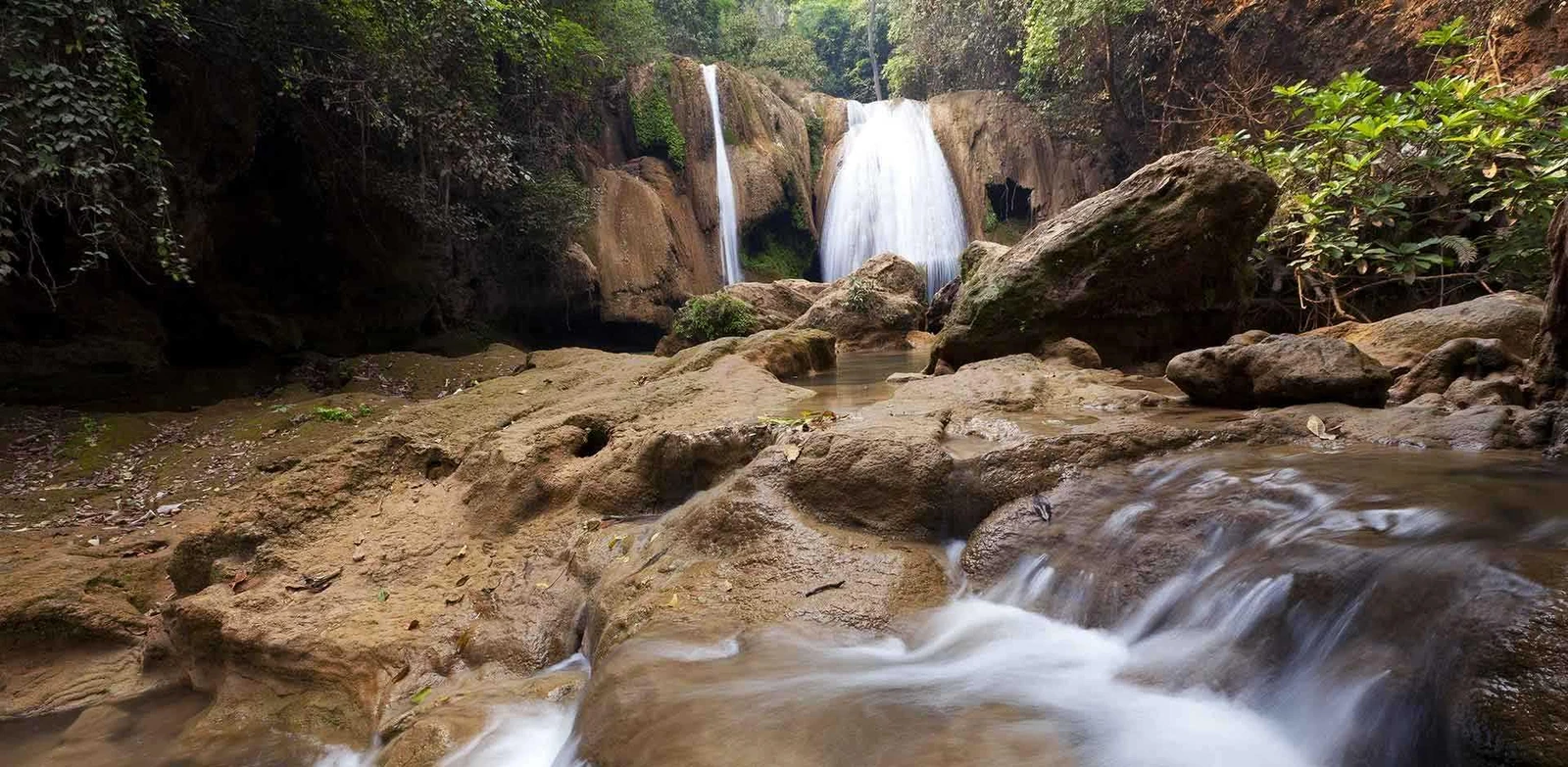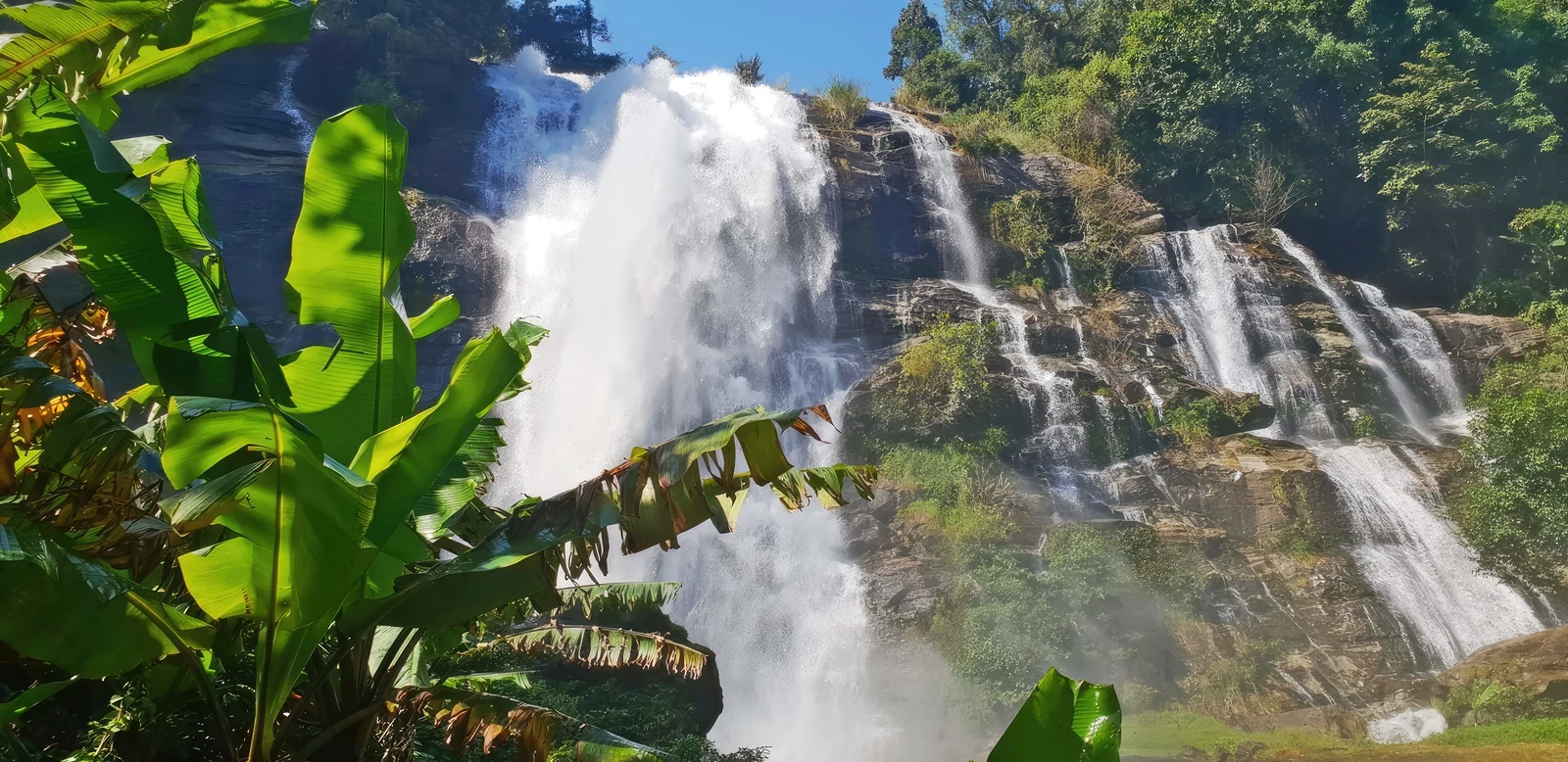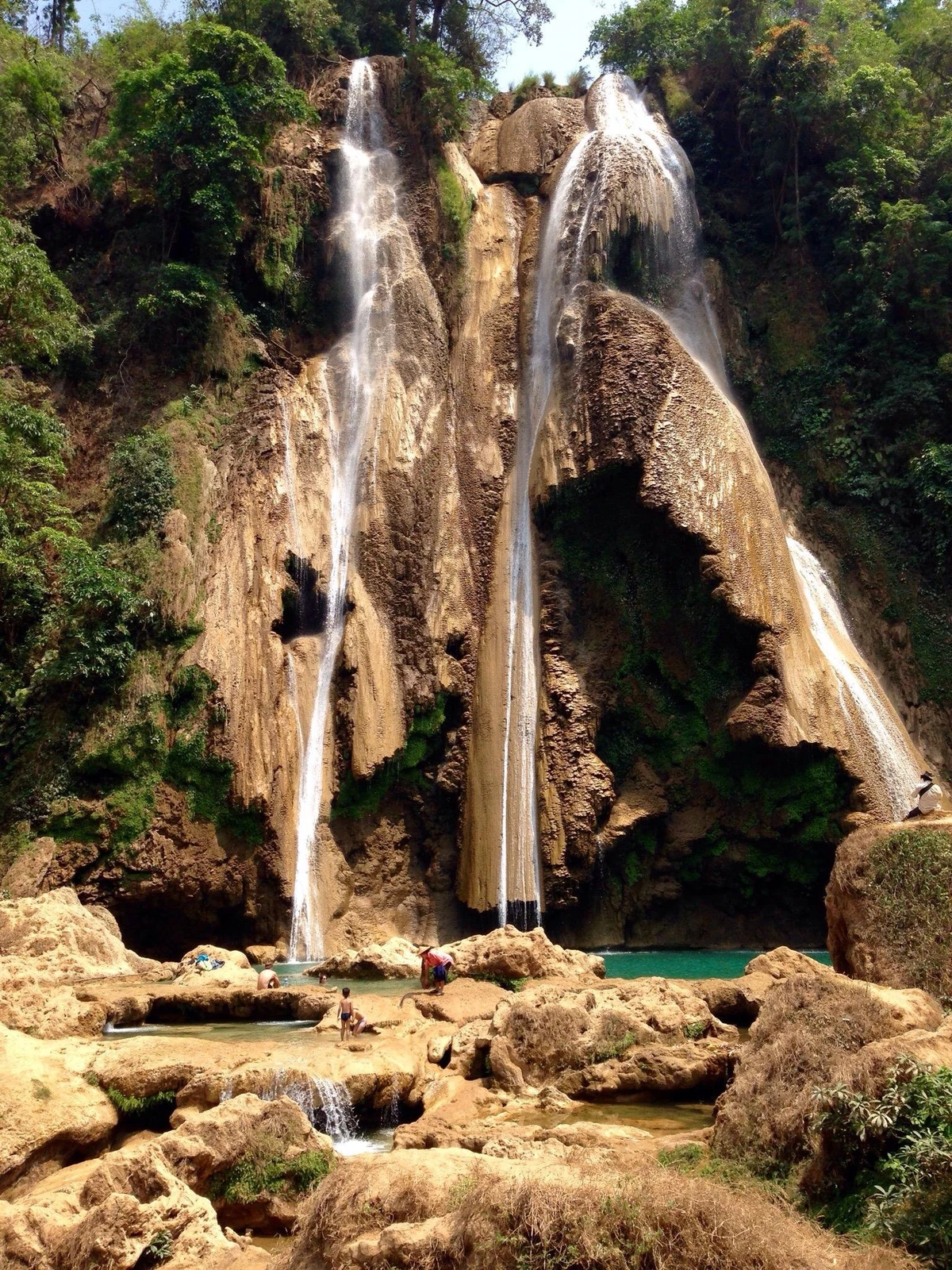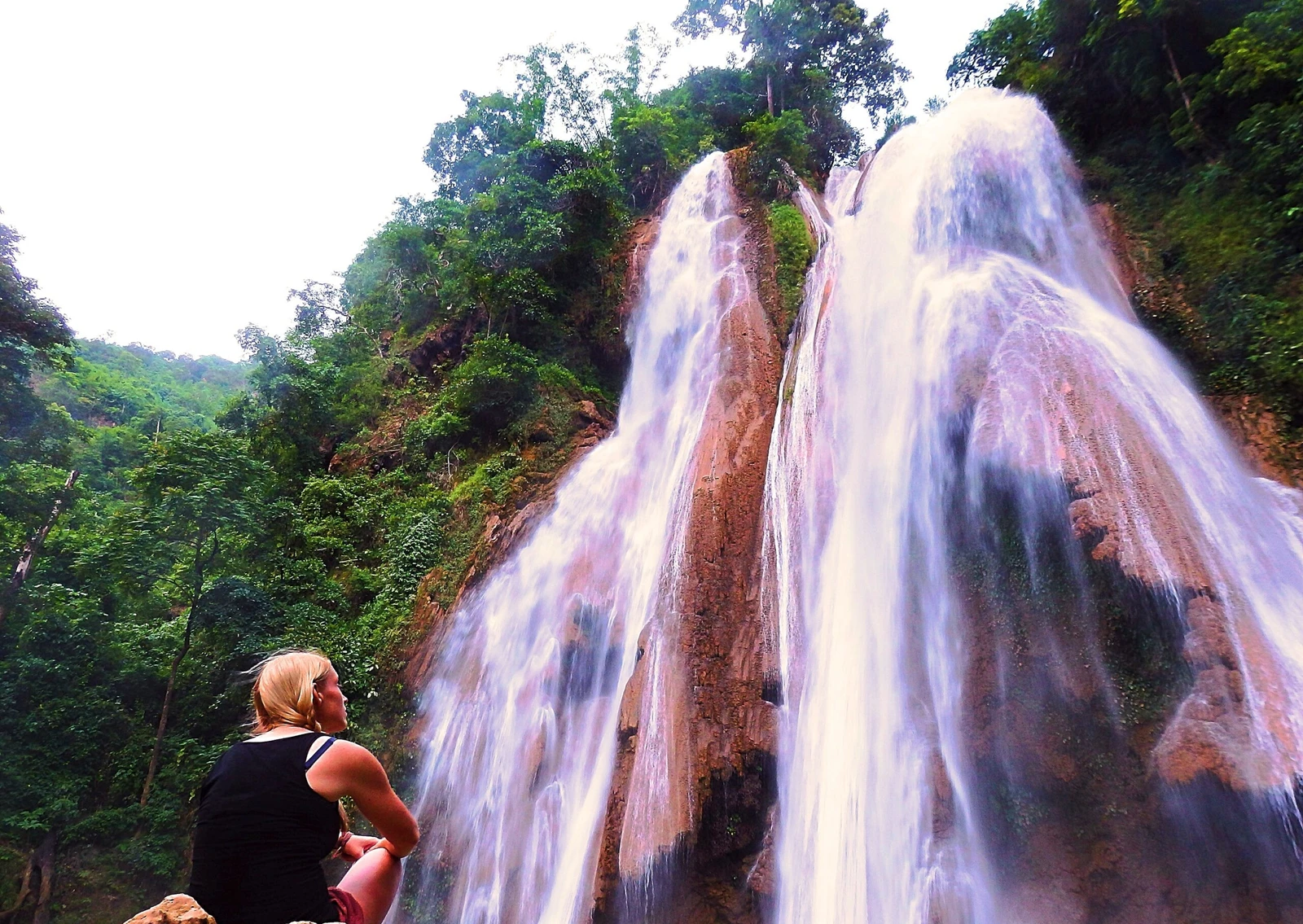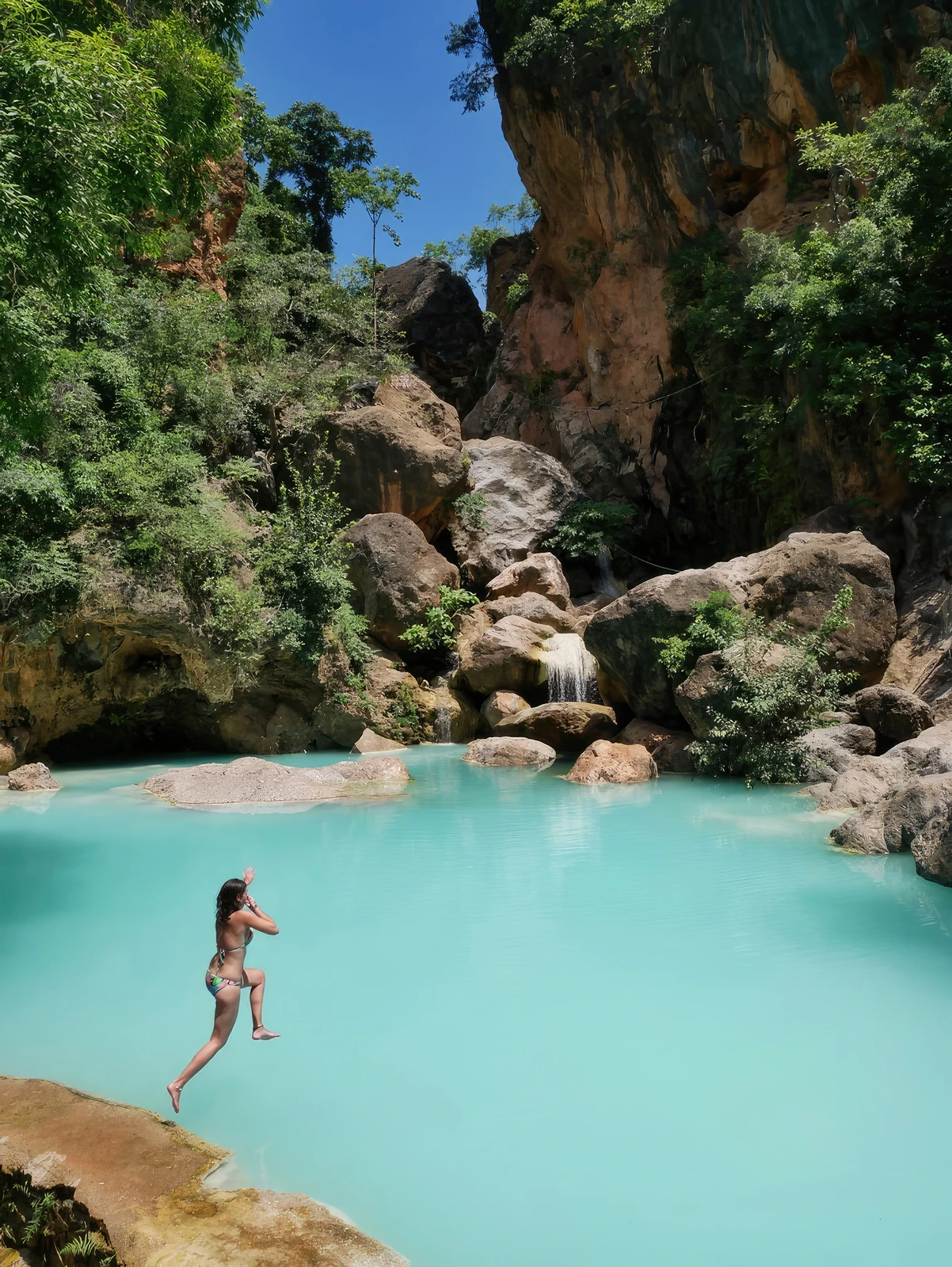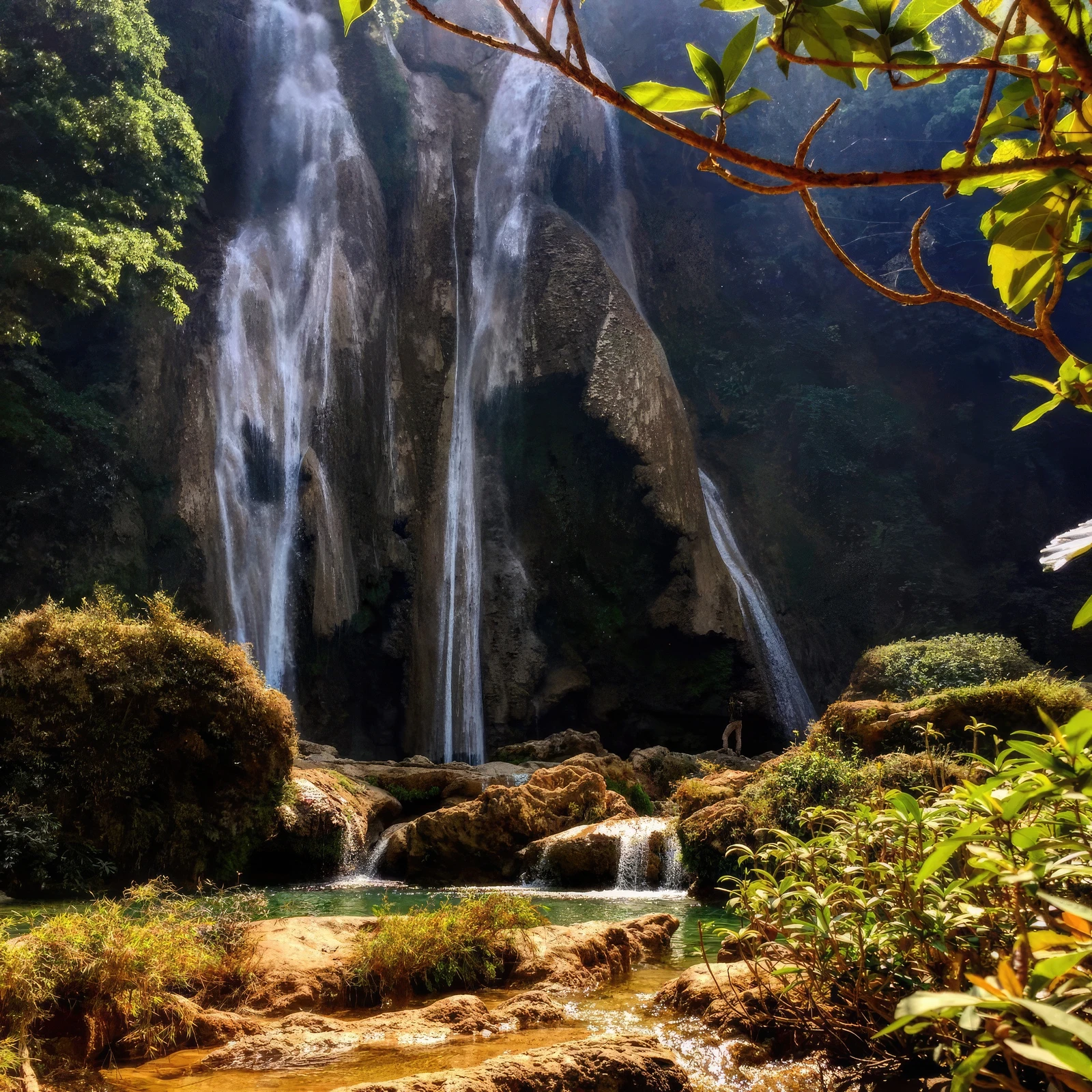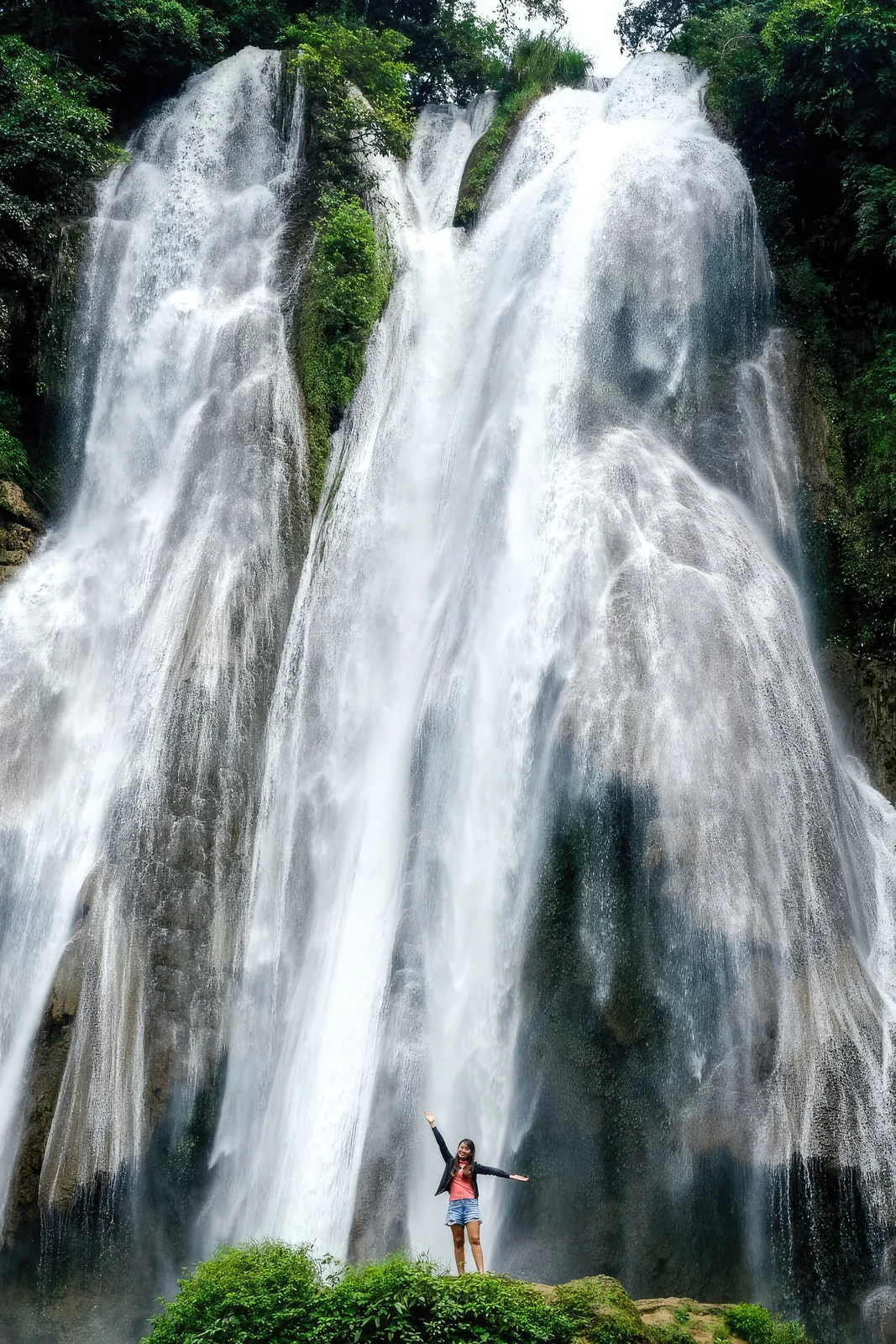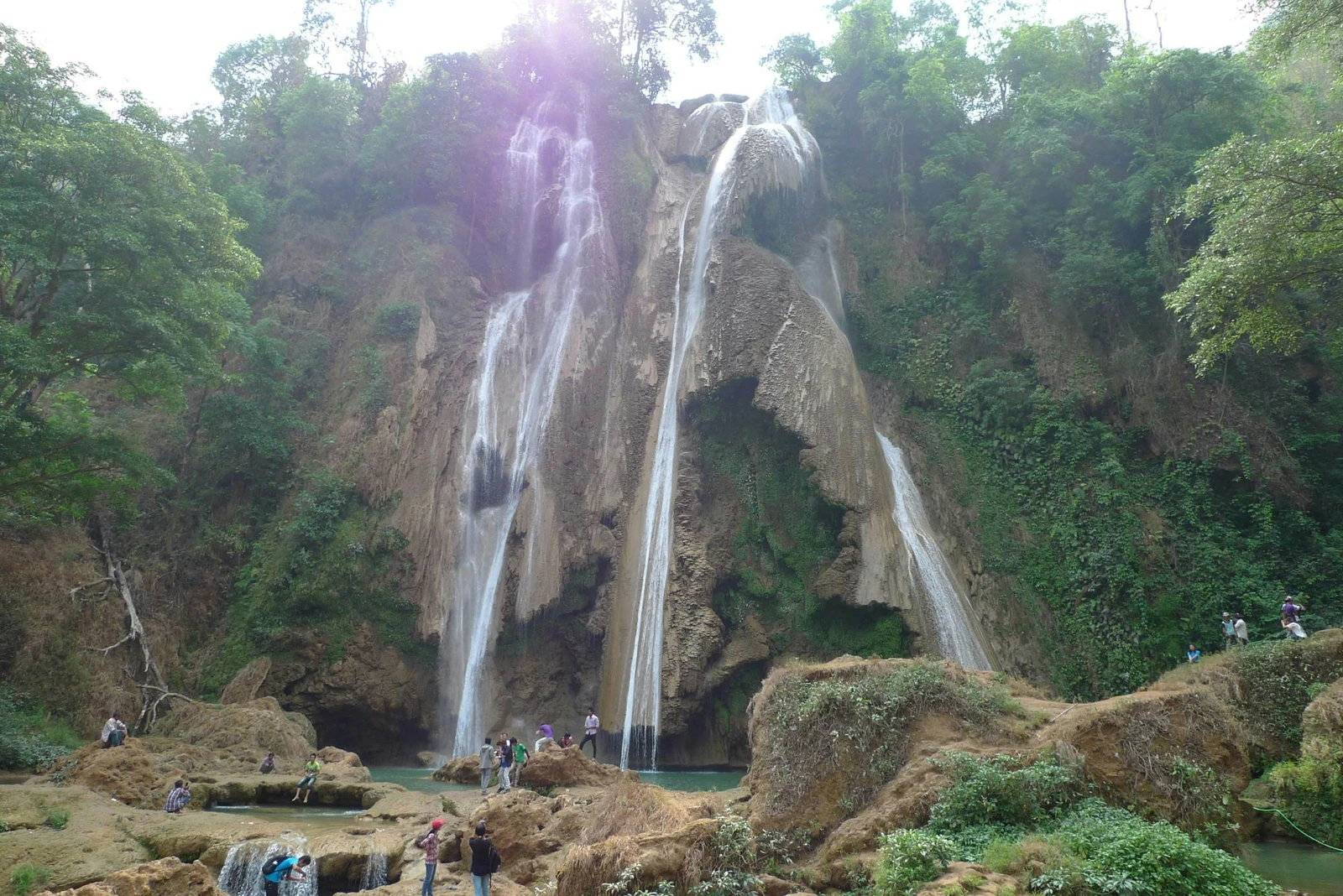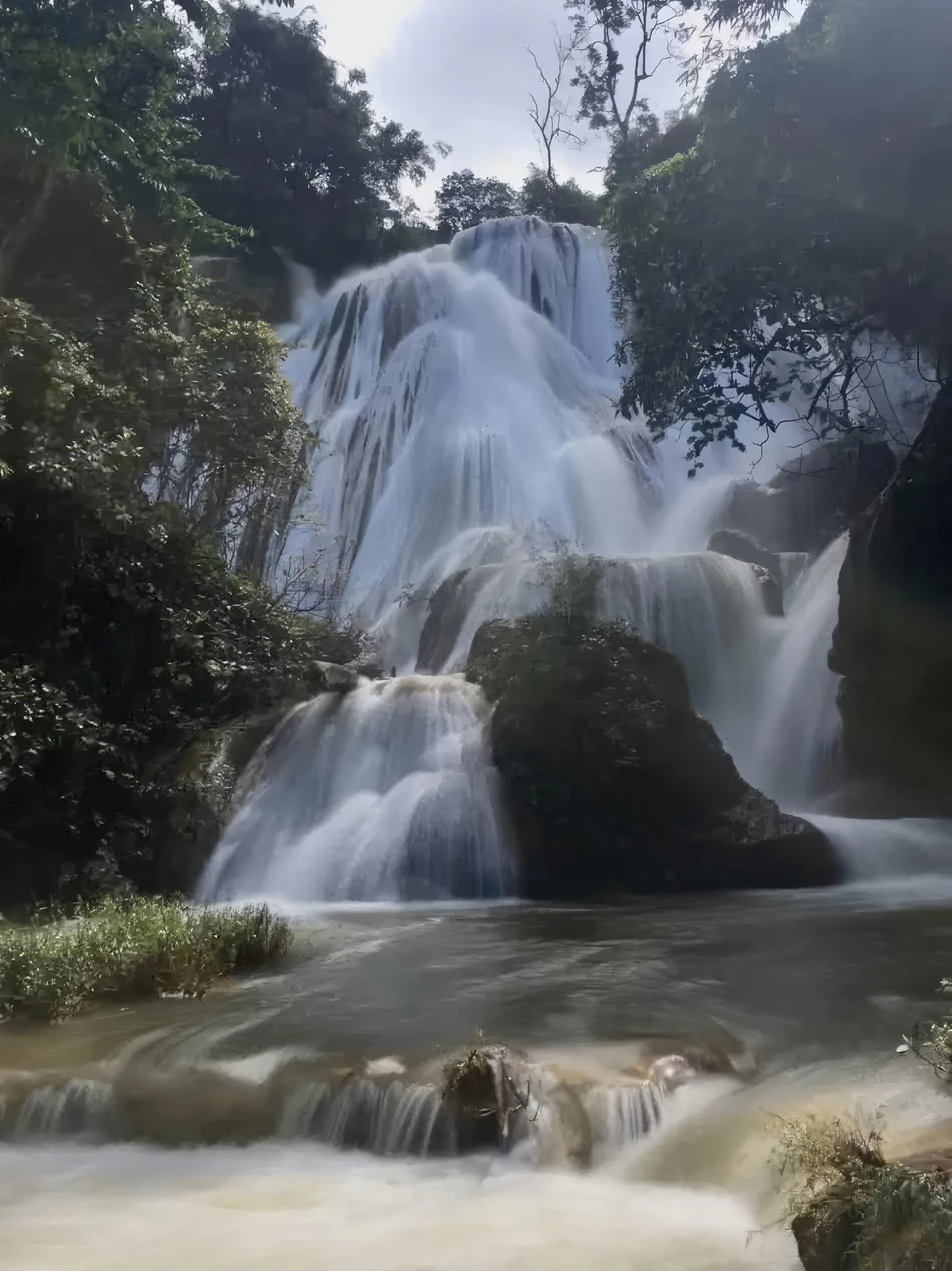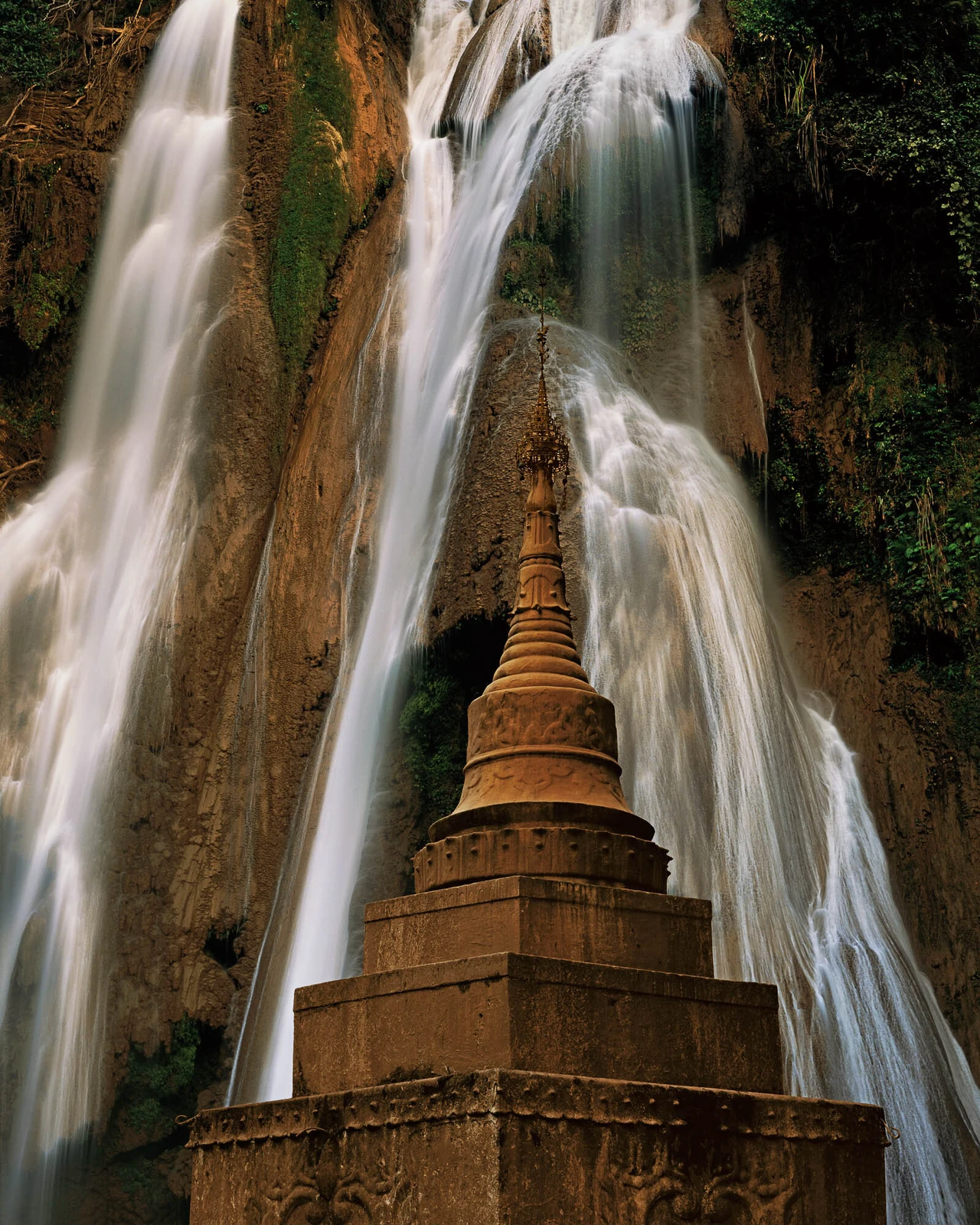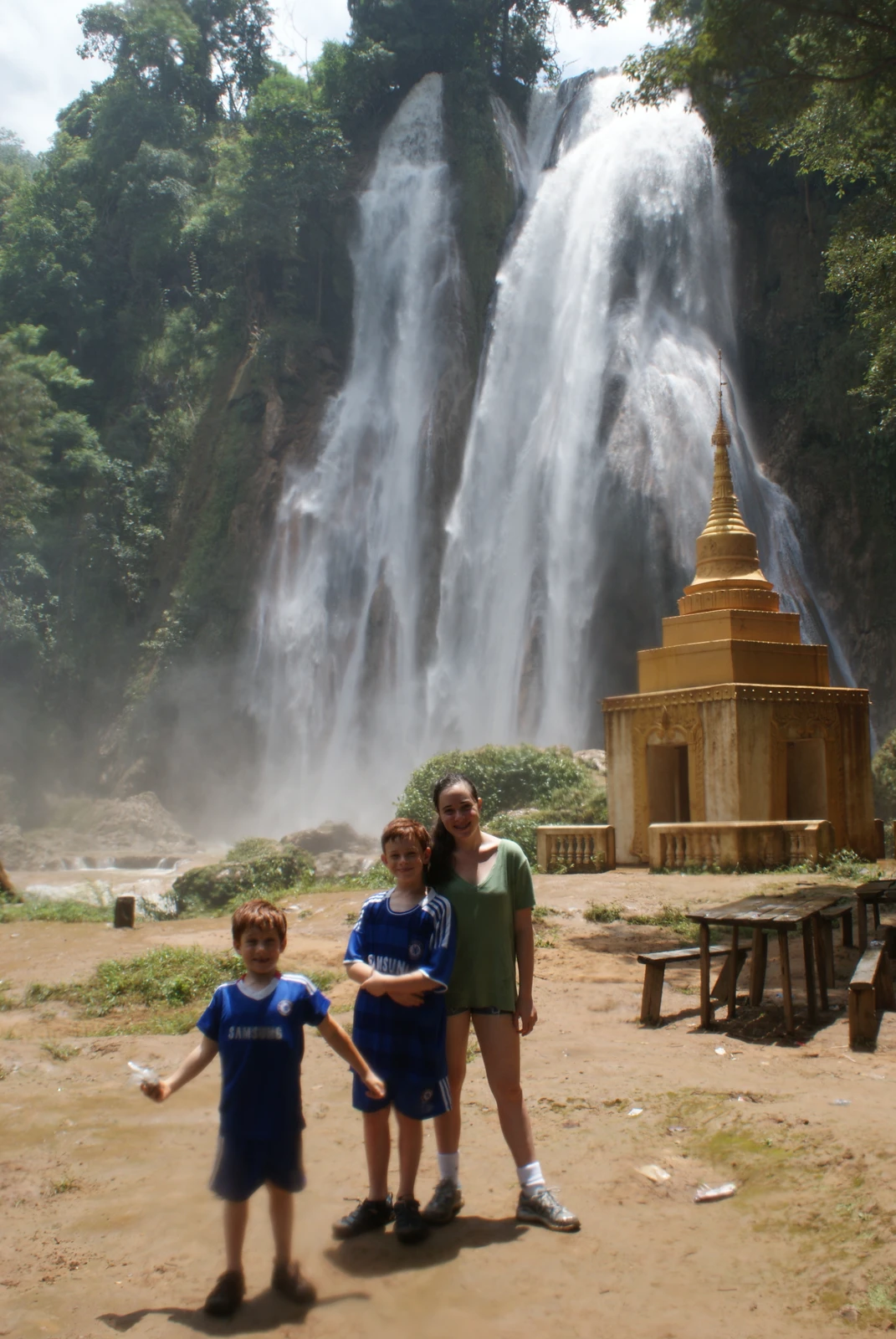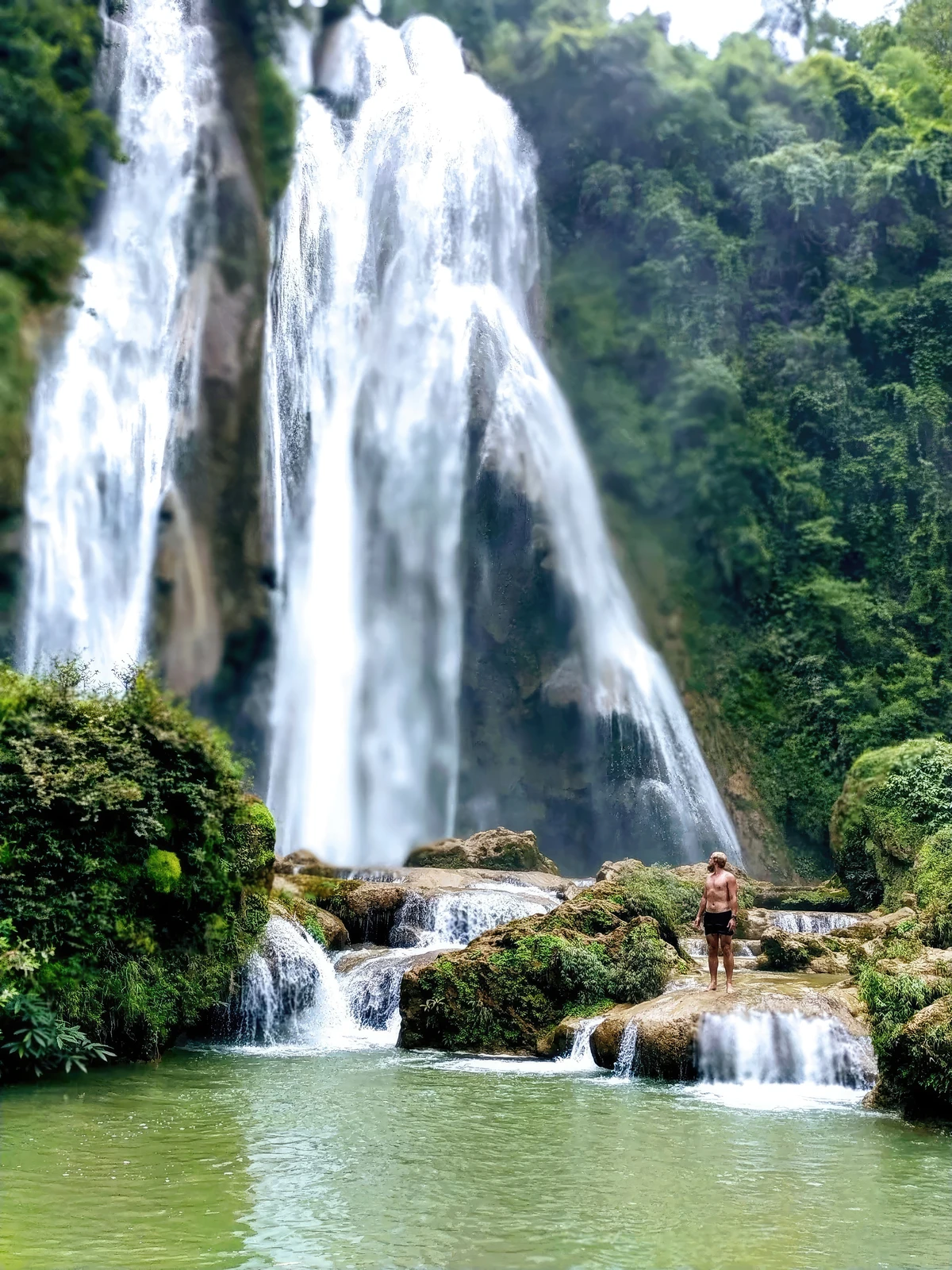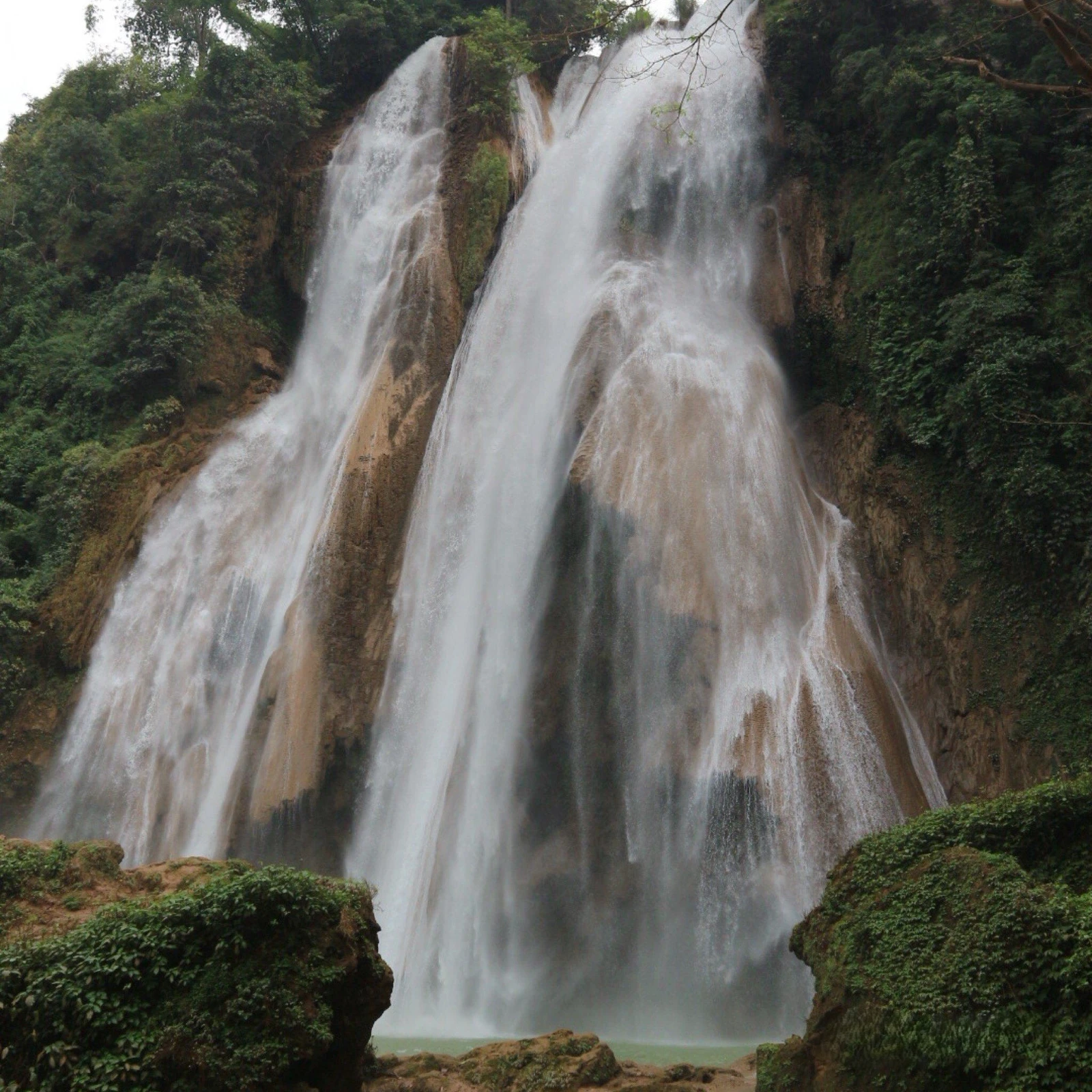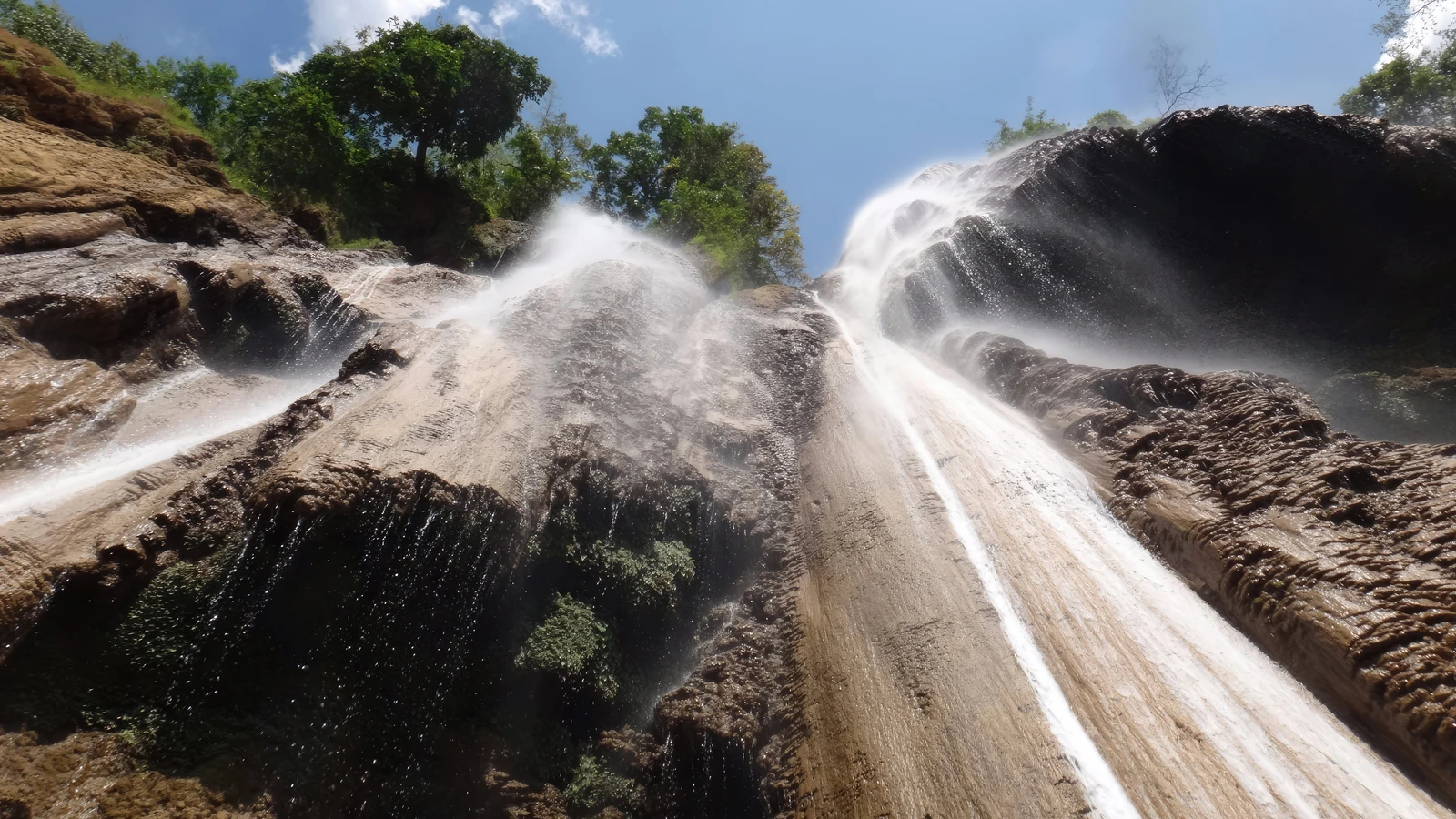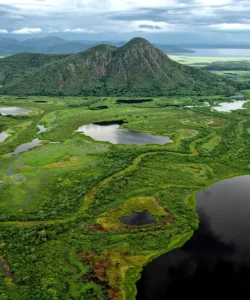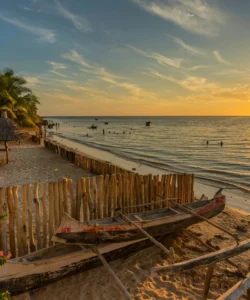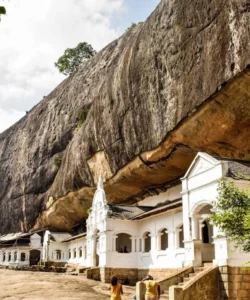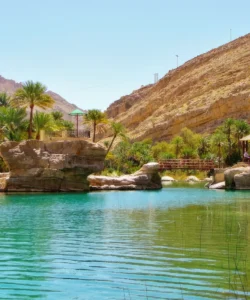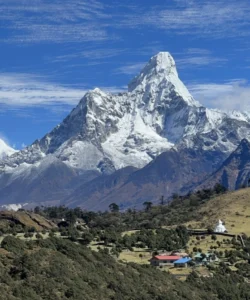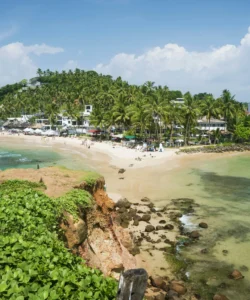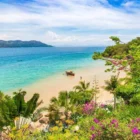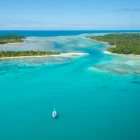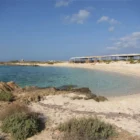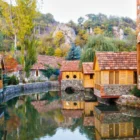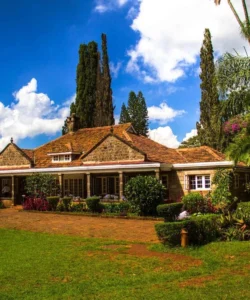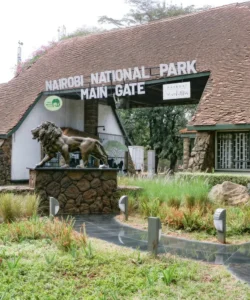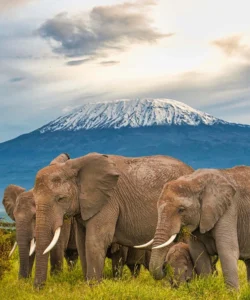Anisakan Falls, also known as Dattawgyaik Waterfall, is a stunning natural wonder located in the hills of central Myanmar. It’s a popular escape from the heat of the plains and offers a refreshing experience amidst lush greenery.
Listen to an introduction about Anisakan Falls

Name: Anisakan Falls (also Dattawgyaik Waterfall)
Address: Anisakan Village, Pyin Oo Lwin Township, Mandalay Region, Myanmar. It is located roughly halfway between Mandalay and Pyin Oo Lwin, nestled in a deep ravine.
How to Get There:
Anisakan Falls is typically visited as a half-day trip from Pyin Oo Lwin, a charming hill station, or as a stop on the way from Mandalay.
- By Air: The closest major airport is Mandalay International Airport (MDL). From Mandalay, you would travel by road towards Pyin Oo Lwin.
- From Pyin Oo Lwin:
- Motorbike Taxi/Car: This is the most common way. Hire a motorbike taxi or a car from Pyin Oo Lwin. The falls are a few miles outside the town. You’ll take the main Mandalay highway, and in Anisakan village, take the second asphalted turn right (usually signposted).
- From Mandalay:
- Taxi/Private Car: Hire a taxi for a direct trip. The drive is about 90 minutes.
- To the Falls Base: Once you reach the parking area (often marked by basic shack-restaurants), the main adventure begins.
- Trek: It’s a steep, winding, rocky, and sometimes slippery forest trail down to the base of the waterfall. The descent typically takes about 45 minutes to 1 hour. The trek back up is more strenuous and can take 90 minutes. Proper hiking footwear is advised, especially during the rainy season.
- Local Hammock/Bamboo Carry: For a fee, some locals may offer to carry visitors up the steep trail in a hammock supported by bamboo poles.
- Entrance Fee: As of current information, there is generally no official entrance fee to visit Anisakan Falls. However, visitors might encounter local villagers offering guidance or selling refreshments, where spending a small amount helps support the local community.
- Best Time to Visit: The monsoon season (May-October) sees the falls at their most majestic, thundering down with full flow, though pathways can be very challenging and muddy. The dry season (November-May) offers easier trekking conditions but with reduced water flow. Early morning or late afternoon visits are best to avoid the heat and for optimal light.
Landscape and Architecture:
Anisakan Falls is a natural spectacle, carved into a deep, verdant gorge, with minimal man-made “architecture” beyond the trekking paths and a small shrine.
- Multi-Tiered Waterfall: Anisakan Falls is a magnificent three-tiered or multi-step waterfall, with its waters cascading down a deep, impressive gorge. The main drop is approximately 122 meters (400 feet) high, plunging into a clear blue splash pool at its base. The height of the falls and the depth of the gorge create a spectacular, amphitheater-like natural setting.
- Lush Green Gorge: The waterfall is surrounded by dense, lush greenery, including teak forests, tropical vegetation, and fields of wild flowers, creating a cool and shady environment even in the hot Myanmar climate. This vibrant green contrasts beautifully with the white spray of the falls.
- Natural Pools and Rocks: At the base of the falls, there are large rocks and deep, clear pools, inviting visitors to swim and cool off after the trek. The mist generated by the thundering water often creates small rainbows when it interacts with sunlight.
- Small Pagoda at Base: A small, traditional Buddhist pagoda rests serenely at the base of the waterfall, adding a touch of spiritual tranquility to the natural wonder. This is one of the few pieces of man-made “architecture” directly integrated into the natural setting of the falls.
- Steep, Forested Trails: The “architecture” of the access is the winding, steep, and often rugged forested trail that leads down to the base, meticulously formed by nature and frequent foot traffic.
What Makes It Famous:
- Spectacular Multi-Tiered Waterfall: Anisakan Falls is renowned for its impressive height (122 meters) and its beautiful three-step cascade, making it one of Myanmar’s most majestic waterfalls.
- Secluded and Serene Beauty: Despite being relatively accessible, it retains a somewhat “hidden gem” feel. The strenuous trek down leads to a peaceful and tranquil haven, offering a refreshing escape from the heat and bustle.
- Swimming in Natural Pool: The opportunity to swim in the cool, clear blue pool at the base of the waterfall is a major draw and a highly enjoyable experience after the hike.
- Photogenic Destination: The lush green gorge, the cascading water, and the small pagoda create exceptionally picturesque scenes, making it a favorite spot for photographers.
- Proximity to Pyin Oo Lwin: Its location near the charming colonial hill station of Pyin Oo Lwin makes it a popular day trip, allowing visitors to combine natural beauty with the town’s historical attractions.
- Adventure and Nature Immersion: The challenging trek down (and back up) through the forest offers an adventurous and immersive experience in Myanmar’s natural landscape.
Differences from Some Other Wonders:
- Waterfall as Primary Feature in a Forested Gorge: While Myanmar has other water-based wonders like Inle Lake (floating villages) or the Mergui Archipelago (islands), Anisakan Falls’ fame is singular to its identity as a spectacular waterfall within a deep, forested gorge. This direct focus on a cascading waterfall, accessed via a trek, sets it apart.
- Active Trekking Required: Unlike some more accessible waterfalls or natural parks where extensive vehicle access is allowed, a visit to Anisakan Falls necessitates a significant, steep trek down into the gorge. This physical engagement is a core part of the experience.
- Integration of a Small Pagoda: While not as grand as the Shwedagon Pagoda or the temples of Bagan, the presence of a small, serene pagoda at the very base of the falls offers a unique blend of natural beauty and spiritual tranquility, less common at pure natural waterfall sites.
- Less About Mega-Scale or Global Geological Phenomena: Unlike massive geological features like the Himalaya or the supervolcanic caldera of Lake Toba, Anisakan Falls’ “wonder” is on a more intimate, yet still impressive, scale of a beautiful natural cascade within a specific local ecosystem.
- No Large Wildlife Focus: While it’s within a natural area, its primary appeal isn’t for viewing specific large or endangered wildlife species (like the tigers of Jim Corbett or the Komodo dragons). Its focus is on the waterfall itself and the surrounding natural environment.
- Seasonal Water Flow: Like many waterfalls, its grandeur can vary significantly depending on the season, with the monsoon period offering the most impressive flow, a characteristic that influences the best time to visit.
